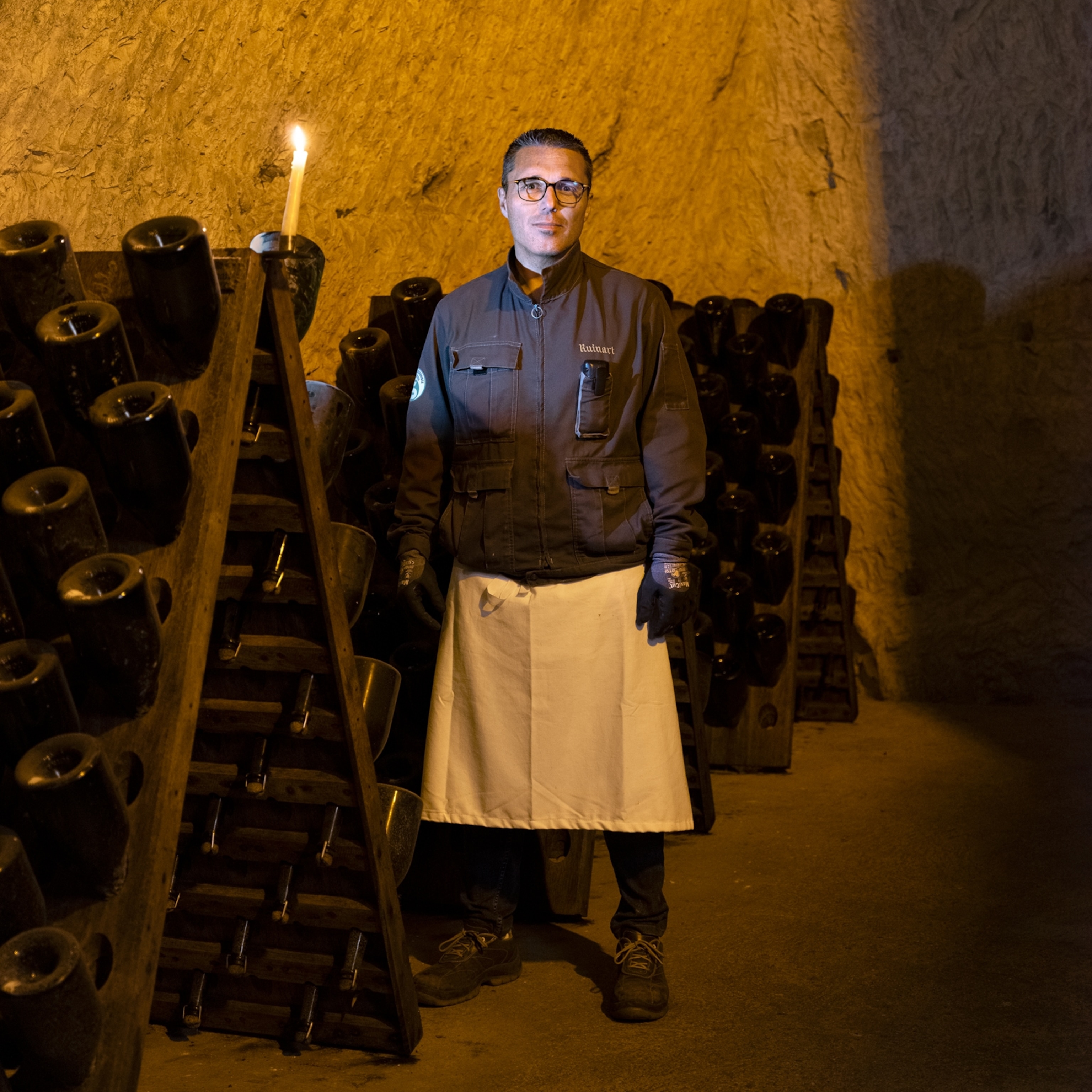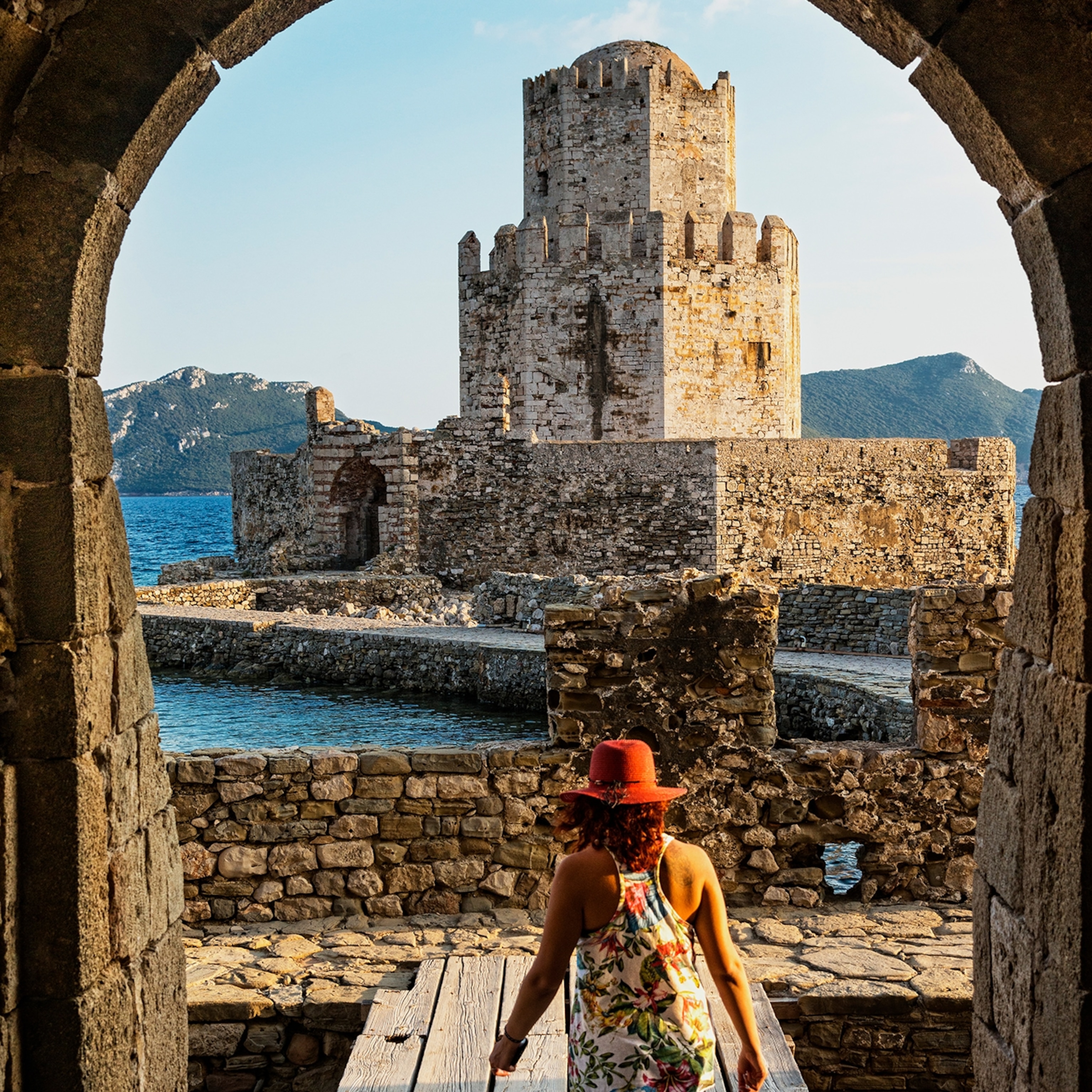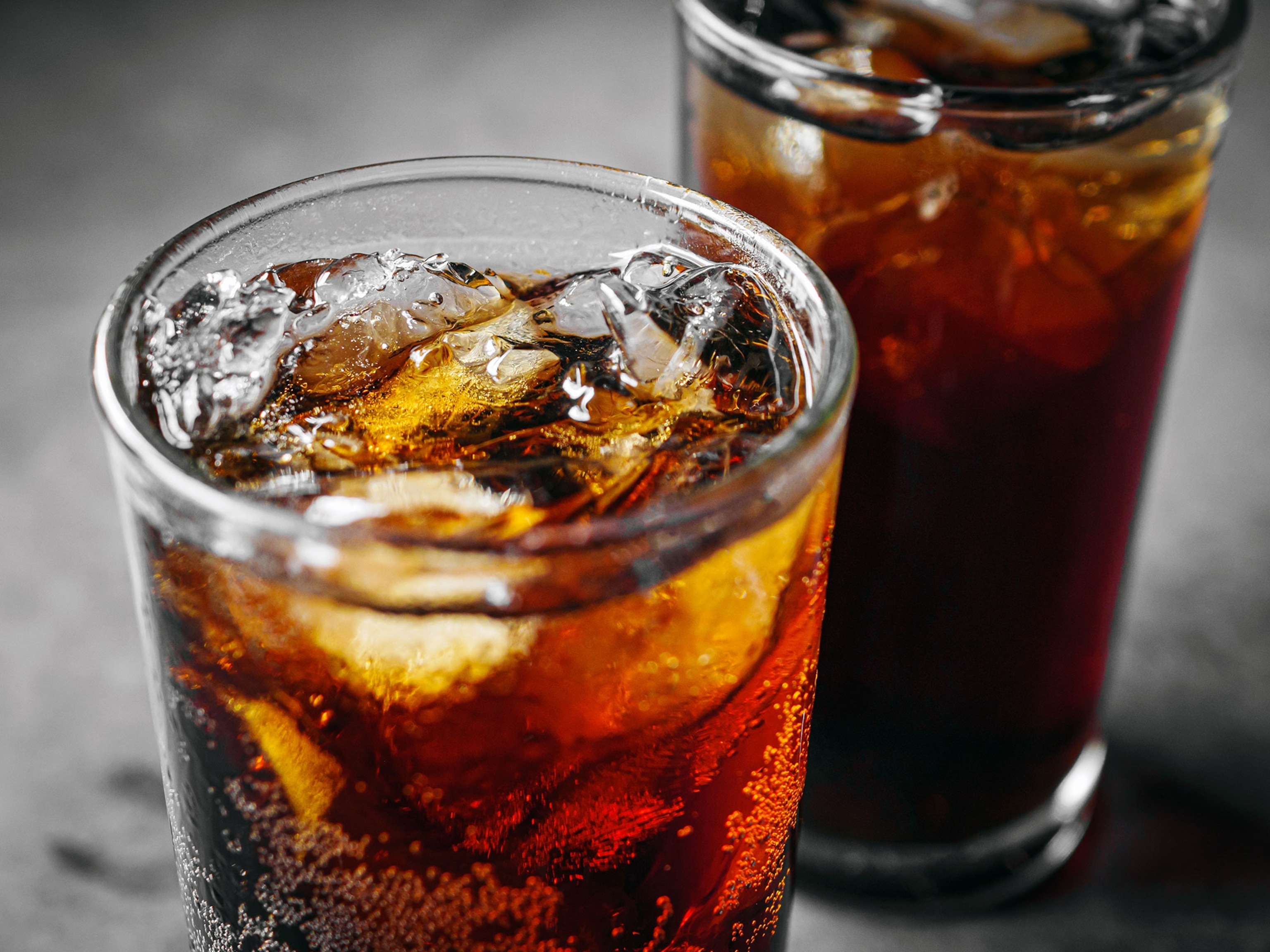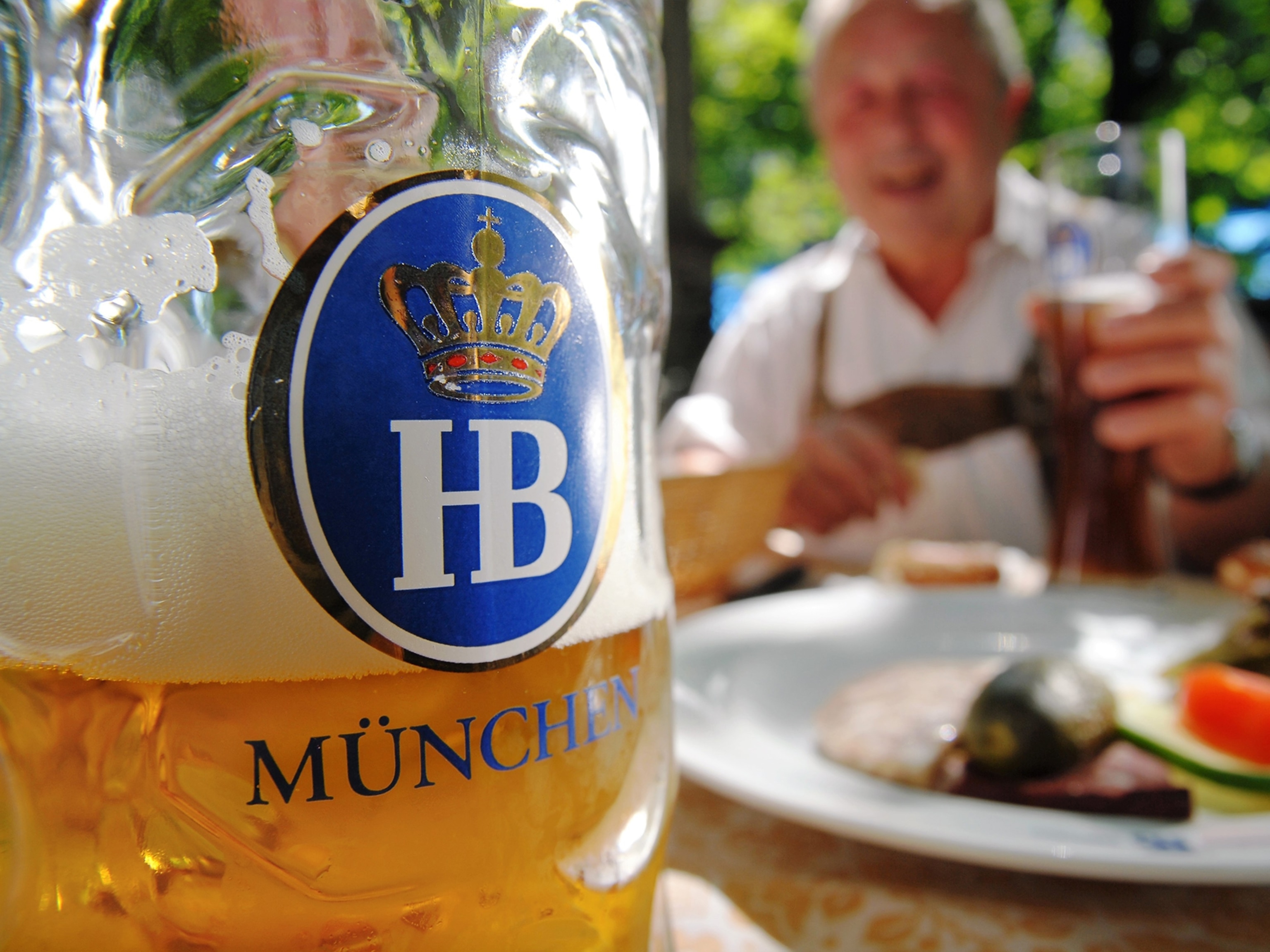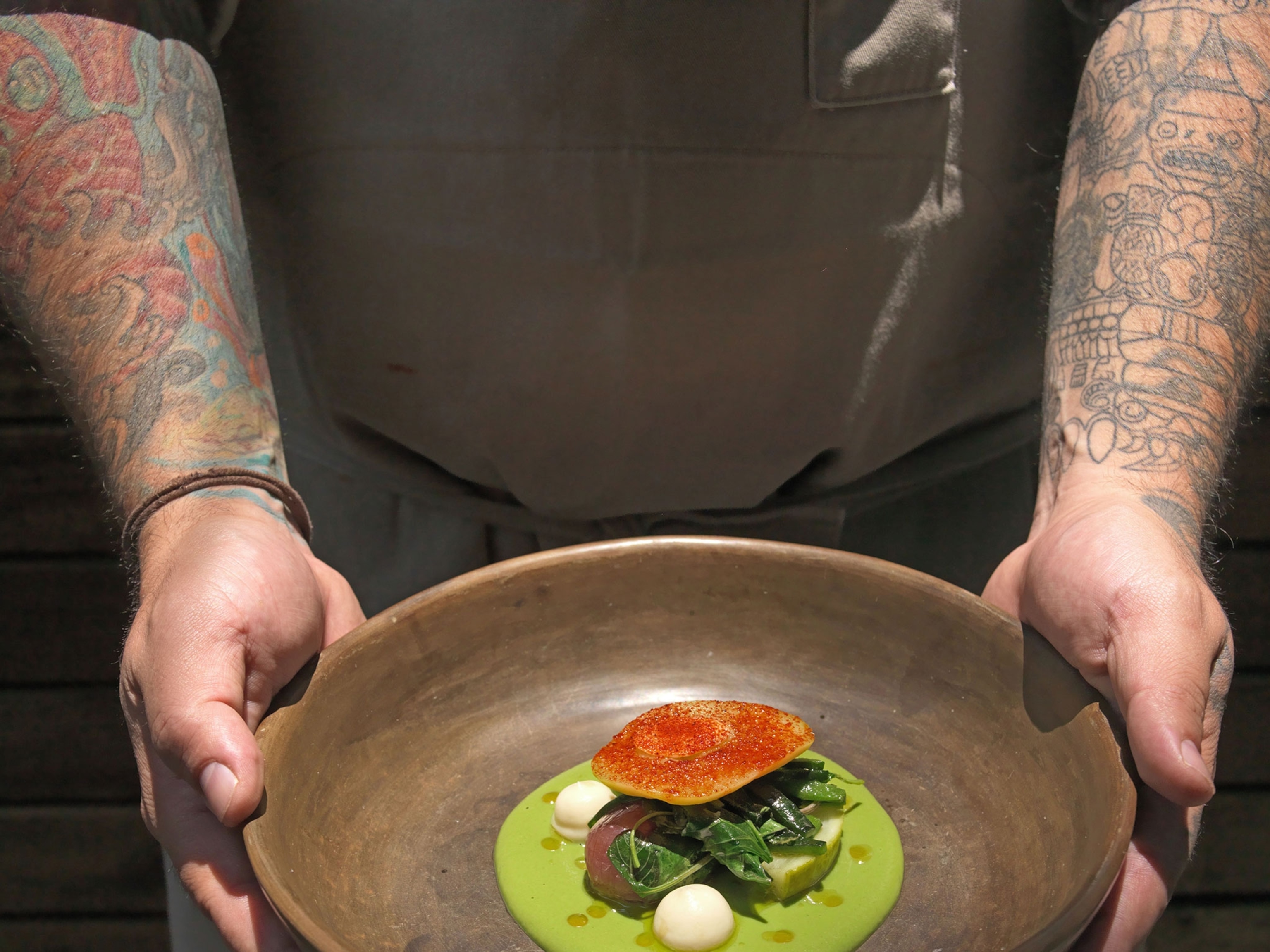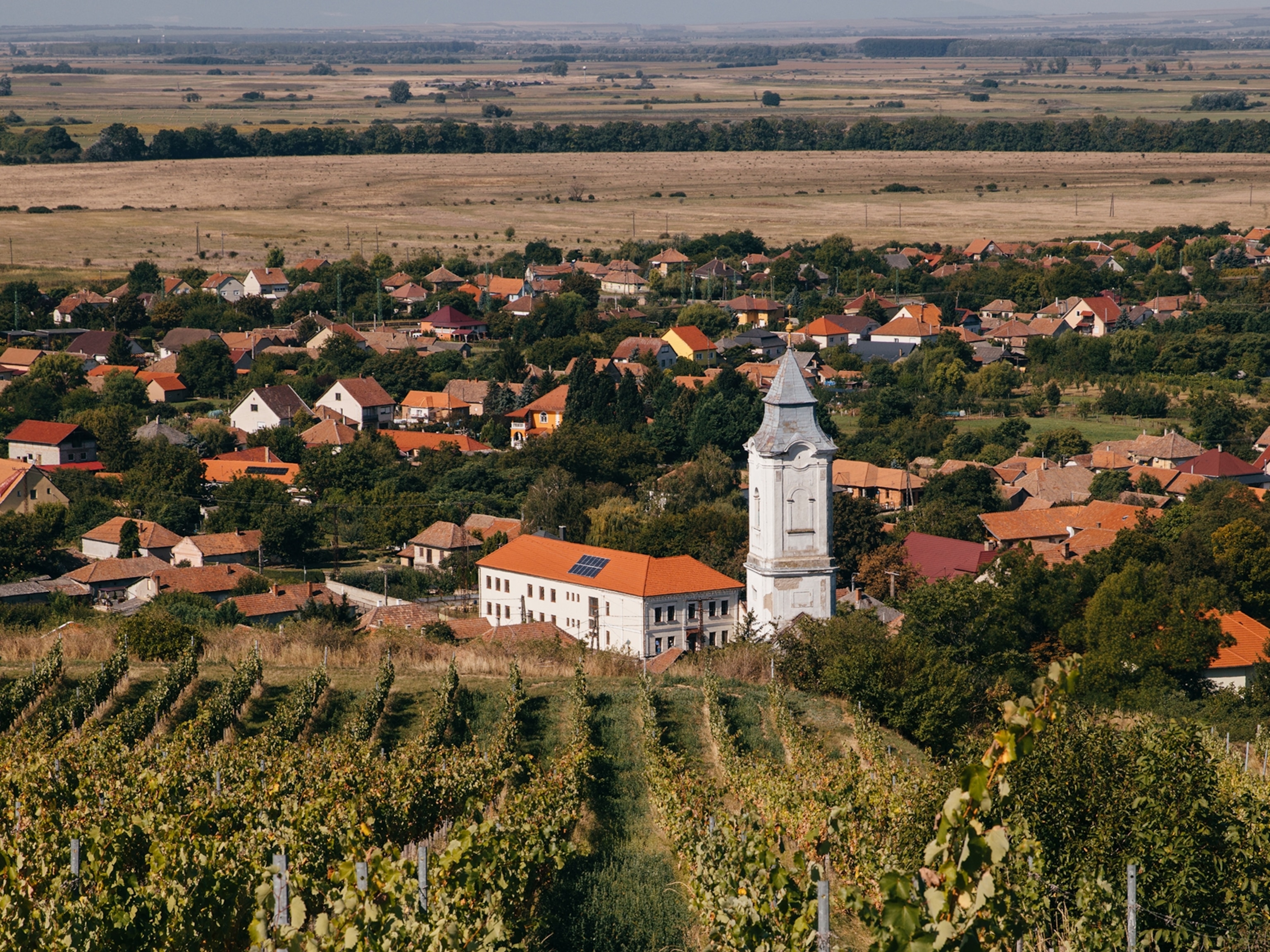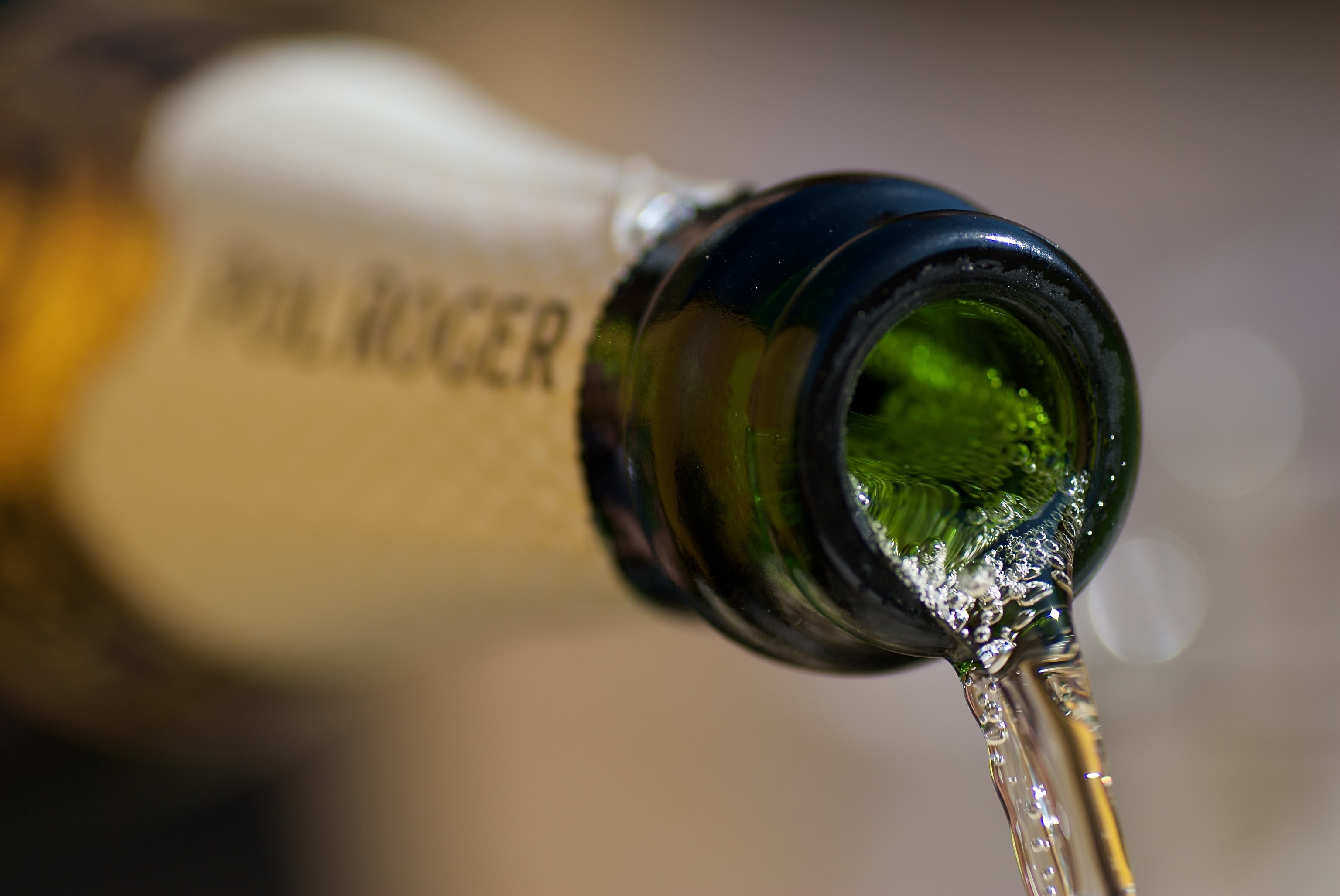
Champagne Hasn’t Always Been Bubbly
“I only drink champagne when I’m happy, or when I’m sad. I sometimes drink it when I’m alone. When I have company, I consider it obligatory. I trifle with it if I am not hungry and drink it when I am. Otherwise, I never touch it—unless I’m thirsty.”
—Elizabeth (Lily) Bollinger
Champagne—the frothy, celebratory drink of weddings, anniversaries, triumphant accomplishments, ship launchings, and the stroke of midnight on New Year’s Eve—didn’t start out bubbly.
In fact, Dom Pierre Pérignon, the 17th-century Benedictine monk whose name is now synonymous with champagne, spent most of his long wine-making career attempting to ensure that his wine was bubble-free. Chances are that upon his first gulp of sparkling champagne—rather than the much-quoted “Come quickly, I am drinking stars!”—he uttered a monkish expletive.
Champagne comes from the ancient French province of Champagne, about a hundred miles east of Paris, where vineyards have flourished since the days of the Romans. The wine is made primarily from red pinot noir and white chardonnay grapes, with a characteristic fizz that was initially an unlucky offshoot of climate. In Champagne’s cool northern vineyards, the grapes ripen late. After pressing, naturally-occurring yeasts feast on sugar in the grape juice, converting it into alcohol—a process formally known as fermentation—until the cold temperatures of winter brings all action to a halt. Champagne’s wine was customarily bottled in the early spring; then, with the advent warmer temperatures, the dormant yeast revived. A second fermentation took place inside the sealed bottles producing fizzy bubbles of carbon dioxide, the signature sparkle of champagne.
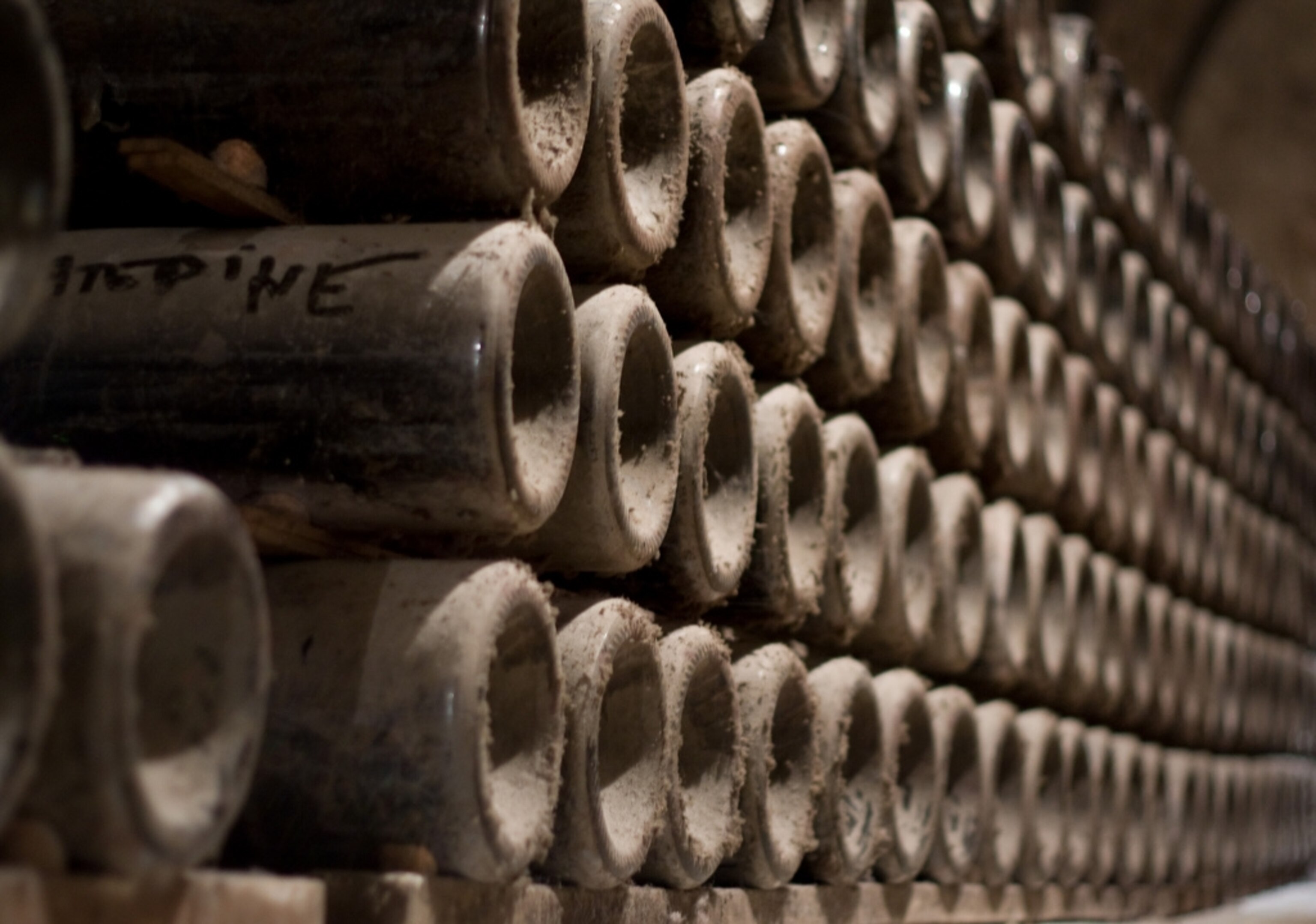
The Importance of British Bottles
Among the earliest to appreciate champagne’s fizz were the English, who imported wine in barrels from France, some of which, when tapped, proved to have turned bubbly. English drinkers loved this, and soon tavern-keepers were bottling the fizzy wine for distribution. A British advantage here was their possession of tougher-than-ordinary bottles: in an attempt to preserve wood supplies for the navy, James I had decreed that non-essential wood uses, such as glass manufacture, should henceforth be fueled with coal. Hotter coal fires made for stronger glass, which made British bottles more suitable for volatile champagne than the more fragile French bottles, which had a distressing tendency to explode. (See Corked! for more on champagne bottles and corks.)
With the increasing popularity of champagne in the early 1700s, Dom Pérignon turned his attention to fizz, producing the sweet, sparkling, straw-colored wines that made his abbey (Saint-Pierre d’Hautvillers) a going financial concern. In 1715, upon the death of Louis XIV, the champagne-loving Philippe, the Duke of Orleans, came to the throne as reigning regent and popularized his favored drink at the French court. A letter from his doting mother in 1716 boasted that her son drank only champagne, a drink “basically wholesome, being so gently and frothy.”
Louis XV’s mistress, the charming Madame de Pompadour, adored champagne; the flattish champagne glass known as a coupe is said to have been modeled on the shape of her breast. (An alternative story credits Marie Antoinette.) Peter the Great introduced champagne to the aristocracy of Russia; and his successor, the sexually adventurous Catherine the Great, swore by it as an aphrodisiac.
In modern times, James Bond consumed more champagne than he did vodka martinis. Marilyn Monroe liked to drink it with potato chips.
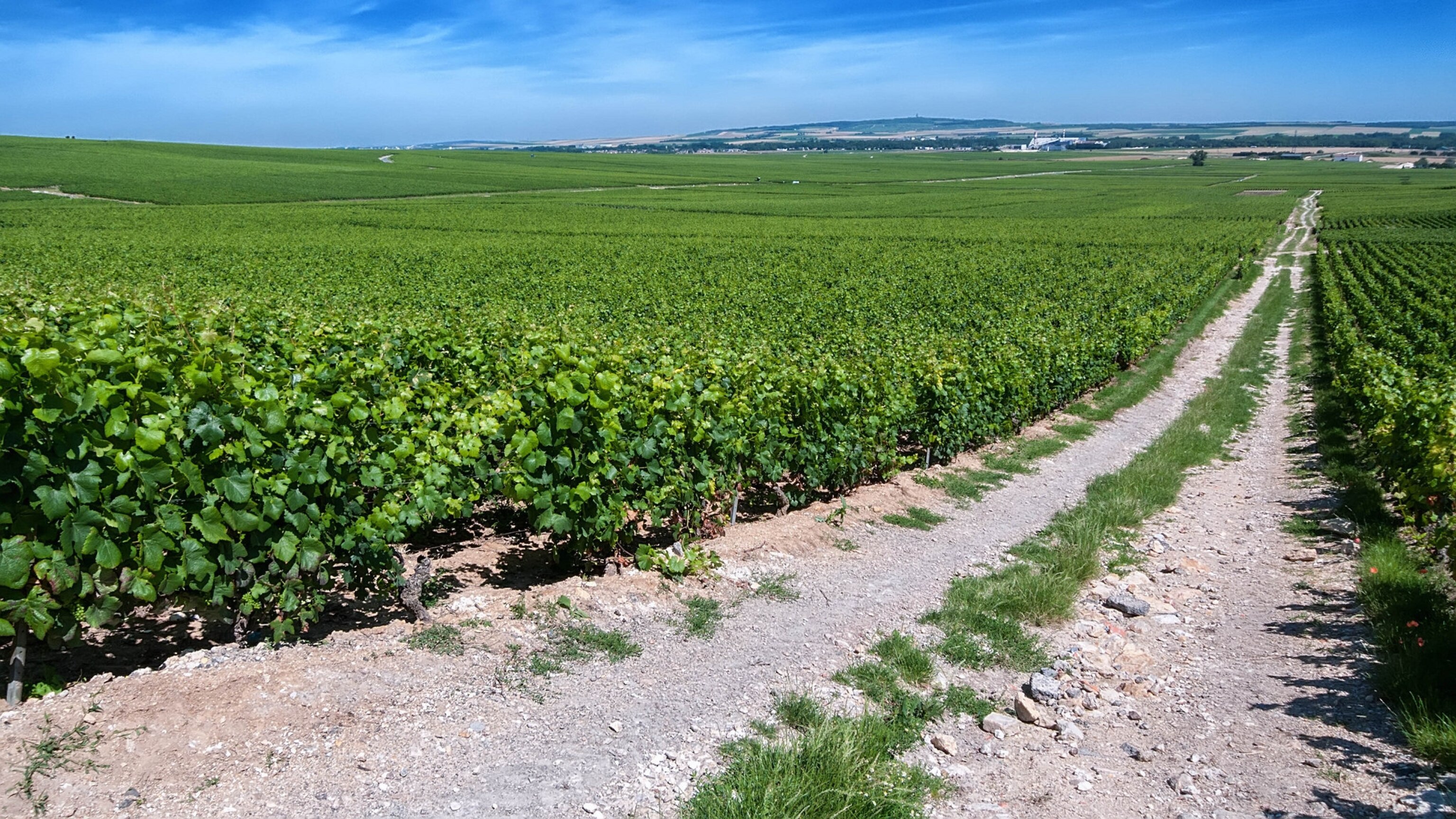
A Fizzy French Wine
While sparkling wines are now made worldwide, only wines from the Champagne region of France can legally be called champagne. French vintners have been jealously defending their proprietary right to the name “champagne” for over a hundred years. The exclusive use to the champagne name was included in a clause in the Treat of Madrid (1891), the Treaty of Versailles (1919), and—most recently—has been enforced by order of the European Union. Wines can sparkle, fizz, bubble, and pop, but unless they’re made in Champagne, they’re not champagne.
Today, worldwide, we positively guzzle sparkling wine. Consumption is up 40% in the past ten years (as opposed to 7% in still, non-bubbly, wines). The universal popularity of champagne and its fizzy relatives owes a lot to widows. The renowned champagne Veuve Cliquot, for example—veuve is French for widow—is named for Barbe-Nicole Cliquot. Widowed in 1805 at the age of 27, Madame Cliquot took control of her husband’s winery and turned it into an international business, inventing and popularizing pink champagne, and devising the technique of “riddling,” which effectively removed sediment from champagne bottles.
Equally influential was Louise Pommeroy, who assumed leadership of her husband’s winery in 1860 and created dry-brut-champagne, which rapidly replaced the earlier, sweeter, dessert-type varieties in the international marketplace. So canny and clever were these widows that dozens of champagne wineries scrambled to name their vintages “Veuve.”
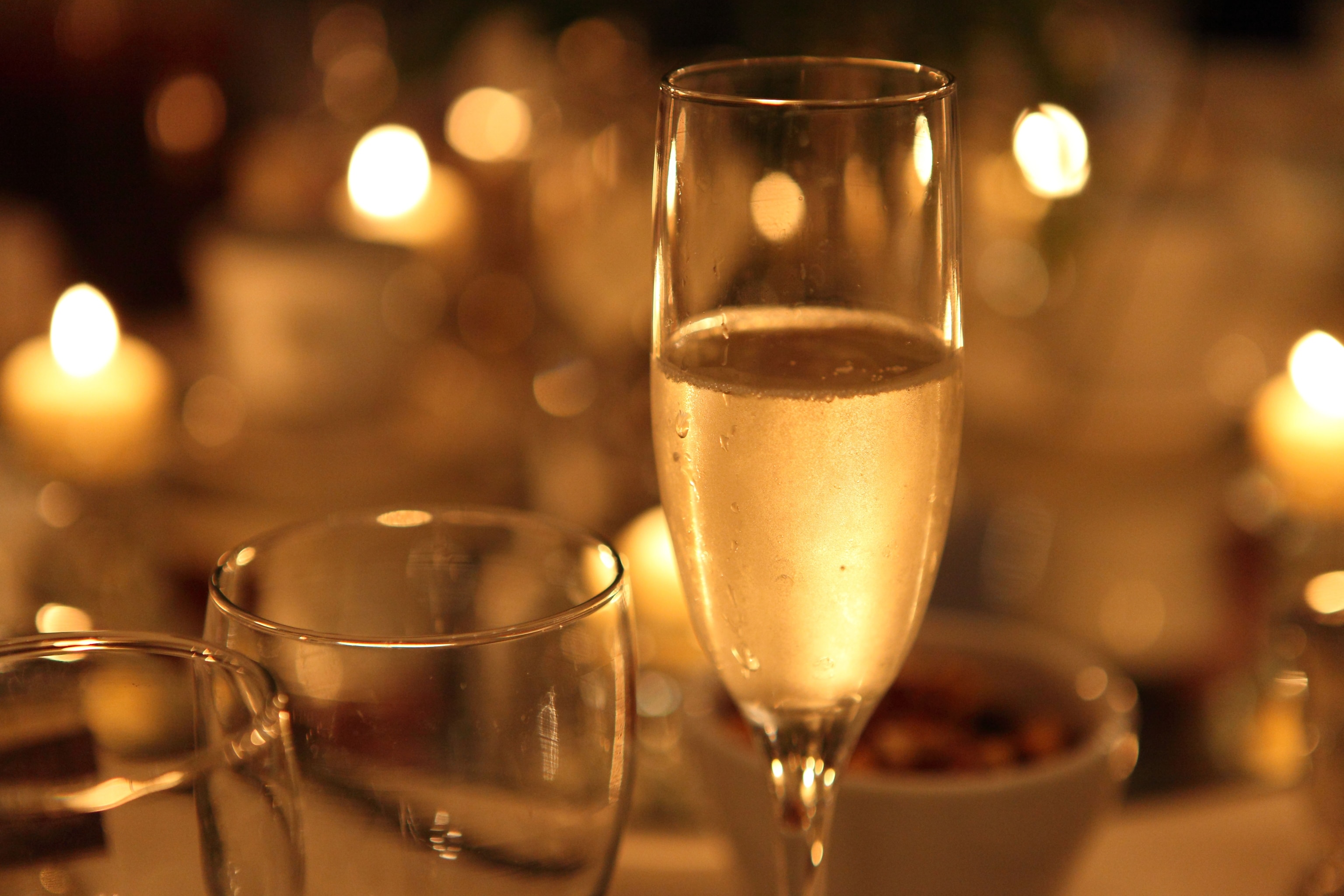
Bubbles are fun, but they’re not just filler. Champagnes, bubble-wise, range from sparse to geyser: officially, pétillant, demi-mousseux, mousseux, and grand mousseux. According to champagne researcher Gerard Liger-Belair, bubbles are where it’s at: the bubbles contain 30 times more more aromas and flavors than are found in the champagne liquid itself. Champagne is to sniff, as well as sip. Each flute of champagne—the glass of choice; forget Madame de Pompadour’s breasts—contains, by Liger-Belair’s estimate, about a million bubbles.
So how to open your celebratory bottle of champagne? Popping the cork can be a risky business. Thousands of champagne cork disasters occur annually, among them the smashing of windows, mirrors, china, and chandeliers, and—worse—the whacking of people in the eye, which, given the velocity of the average champagne cork (50 miles per hour), can lead to rupture and blindness. Perhaps the best advice to champagne party-goers may be that of the 1950’s Civil Defense film: “Duck and cover!”
References
- Epstein, Becky Sue. Champagne: A Global History. Reaktion Books, 2011.
- Liger-Belair, Gérard. Uncorked: The Science of Champagne. Princeton University Press, 2013.
- O’Donnell, Ben. “Iron Ladies of Champagne.” Wine Spectator, December 2012.

